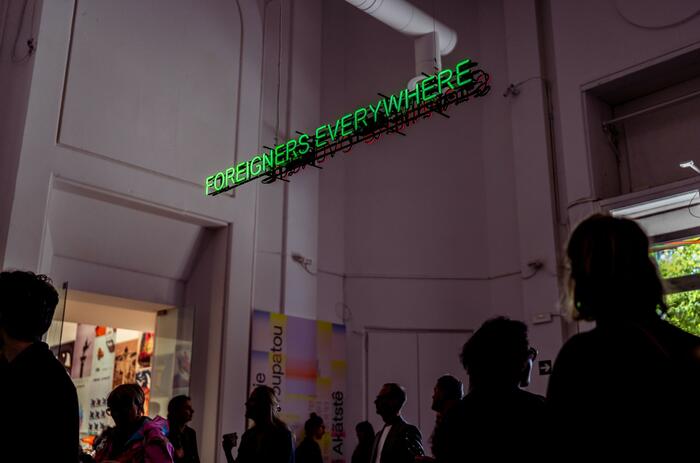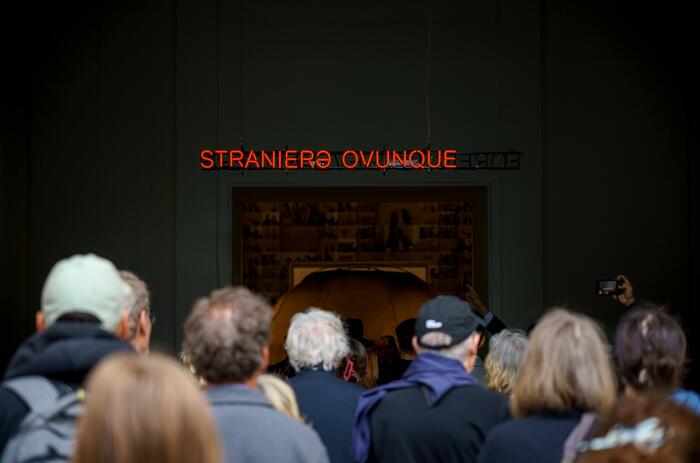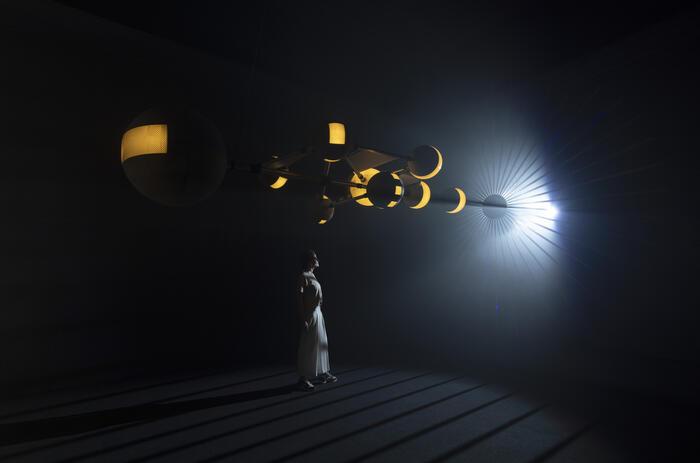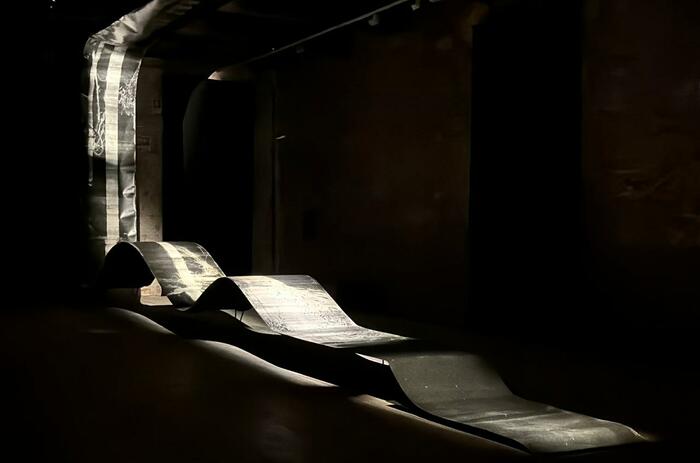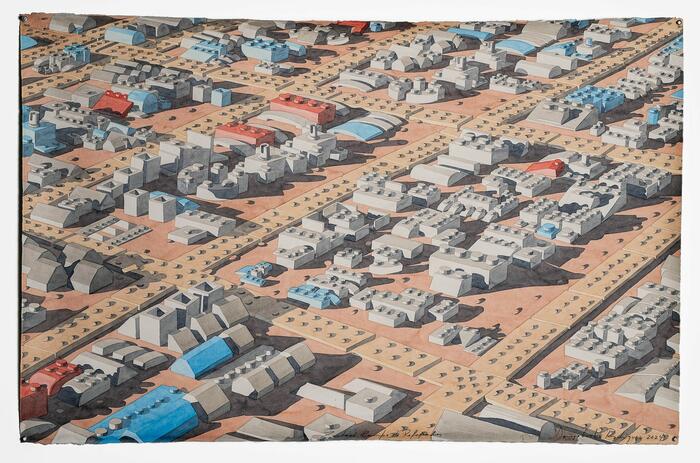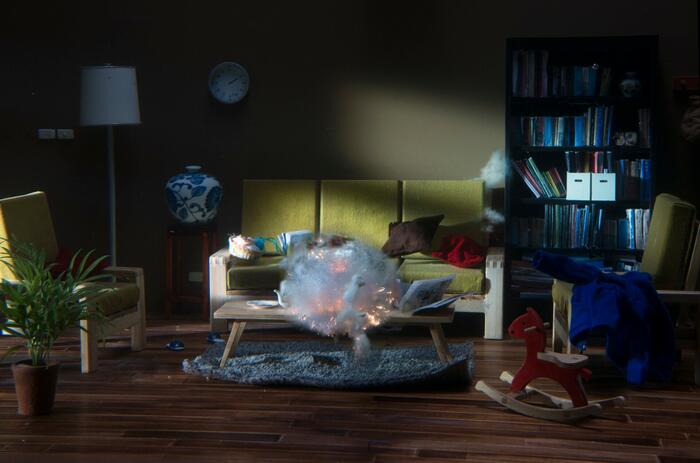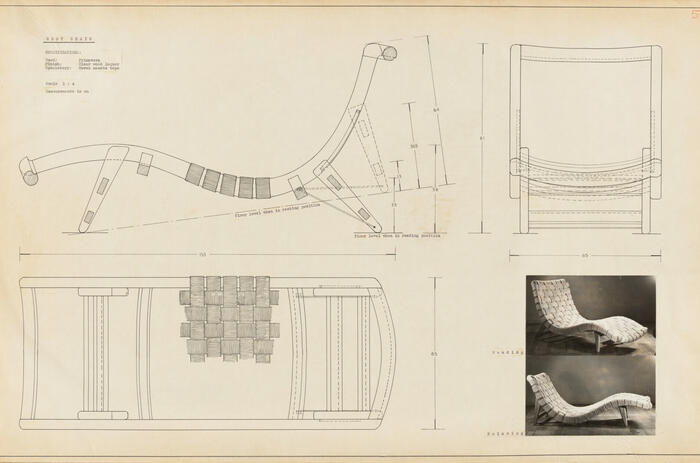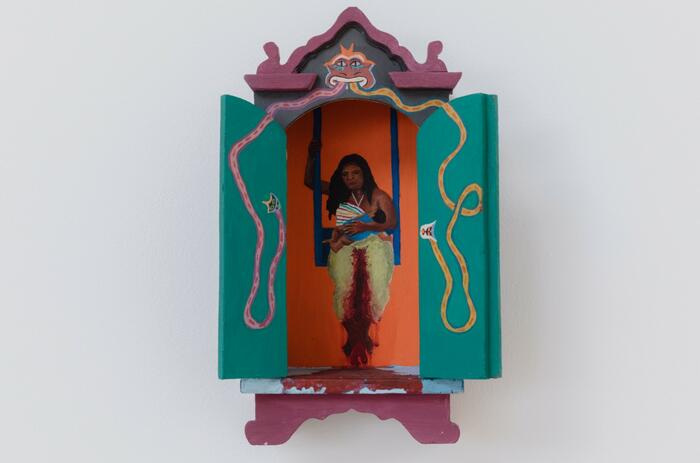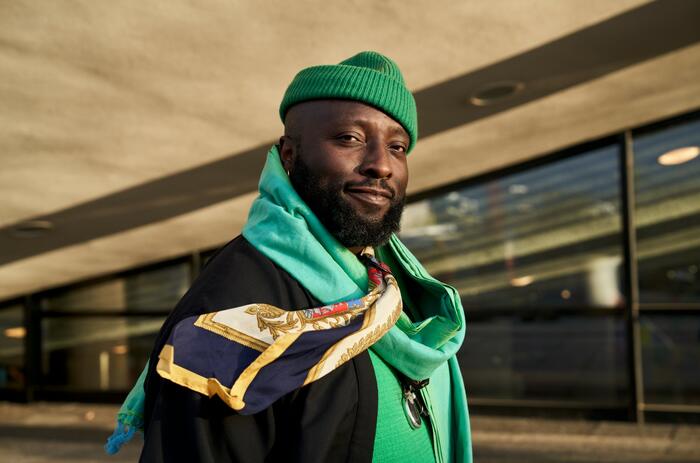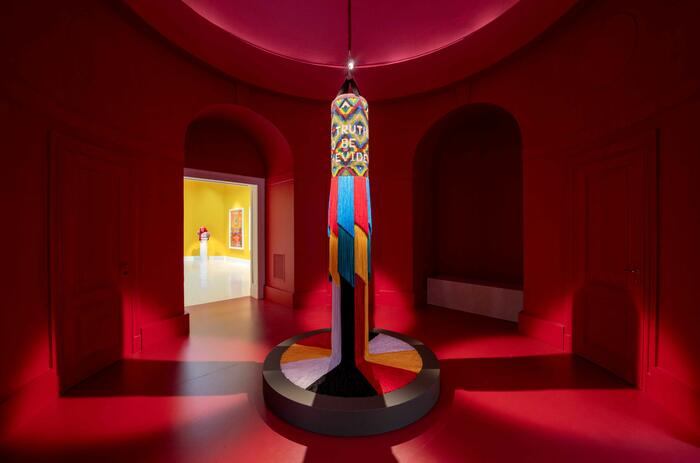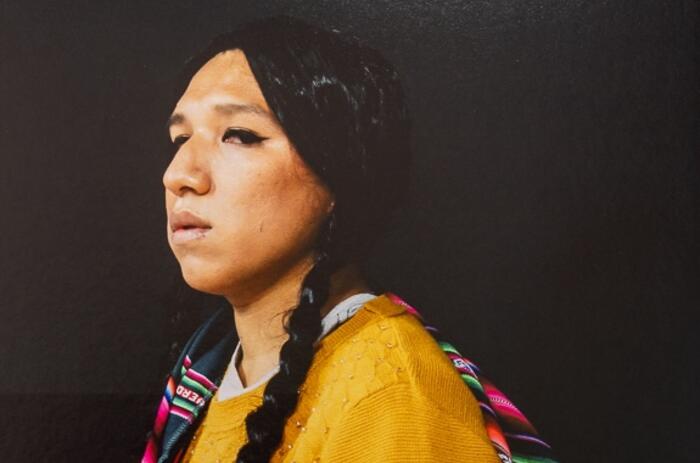ANNA MARIA MAIOLINO AND NIL YALTER: GOLDEN LION AWARD FOR LIFETIME ACHIEVEMENT
The Italian-born Brazilian artist Anna Maria Maiolino and the Paris-based Turkish artist Nil Yalter are the recipients of the Golden Lions for Lifetime Achievement of the 60th International Art Exhibition of La Biennale di Venezia - Stranieri Ovunque - Foreigners Everywhere.
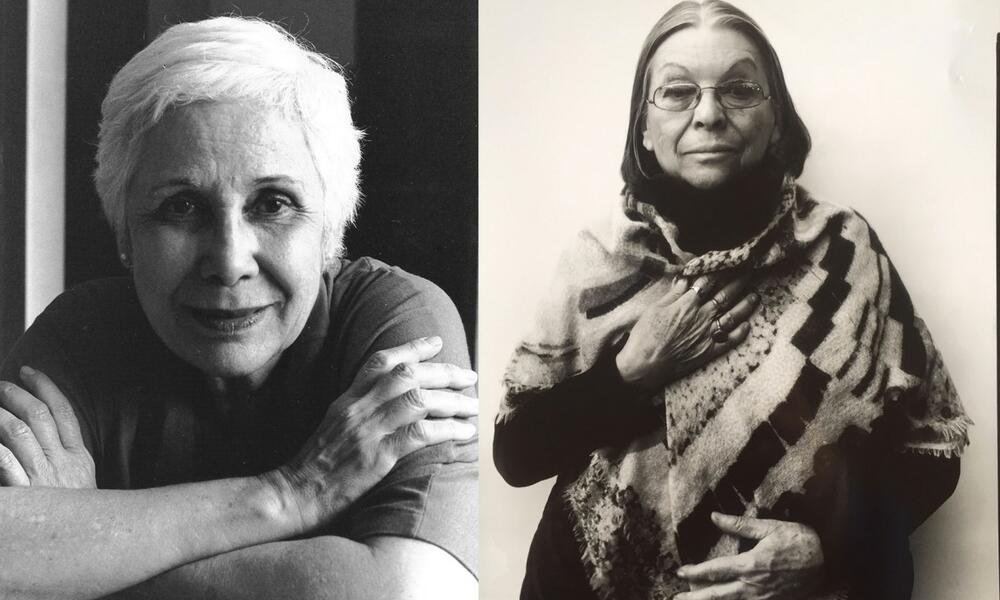
The decision was approved by La Biennale’s Board of Directors chaired by Roberto Cicutto, upon recommendation of Adriano Pedrosa, Curator of the 60th International Art Exhibition.
Adriano Pedrosa's statement: "This decision is particularly meaningful given the title and framework of my Exhibition, focused as it is on artists who have traveled and migrated between North and South, Europe and beyond, and vice versa. In this sense, my choice rests upon two extraordinary, pioneering women artists who are also migrants and who embody in many ways the spirit of Stranieri Ovunque—Foreigners Everywhere: Anna Maria Maiolino (Scalea, Italy, 1942, lives in São Paulo, Brazil), who migrated from Italy to South America, first to Venezuela and later to Brazil, where she lives today; Nil Yalter (Cairo, Egypt, 1938, lives in Paris, France), a Turkish who migrated from Cairo to Istanbul and finally to Paris, where she is based".
The artists will be both participating at the Biennale Arte for the first time in 2024: Maiolino will present a new large-scale work that continues and unfolds her series of sculptures and installations in clay; Yalter will showcase a new reconfiguration of her innovative installation Exile is a hard job in conjunction with her iconic Topak Ev work, placed in the first room of the Central Pavilion at the Giardini.
Anna Maria Maiolino was born in Scalea, Italy, on May 20, 1942, and a few years after World War II migrated with her family to Caracas, Venezuela, in 1954. There she studied at the Escuela de Artes Visuales Cristóbal Rojas, between 1958 and 1960. In 1960, she relocated to Rio de Janeiro, Brazil, where she attended the free painting, sculpture and woodcut classes at the Escola Nacional de Belas Artes. She devoted herself to this technique that allowed her to connect with the popular woodcuts practised in the north-east of Brazil; she used it for several years precisely because it was steeped in social criticism. The artist declares herself to be self-taught. Through attendance at the Escola de Belas Artes and artists in Rio, Maiolino became part of the well-known Brazilian art movement called Nova Figuração (New Figuration), a reaction to abstraction in the 1960s, infused with pop inflections that also reflected the harsh political climate in the country during the first years of the military dictatorship (1964-1985). During this period, Maiolino continued to develop her language and skills, attending the famous art courses given by artist Ivan Serpa (1923- 1973) at the Museu de Arte Moderna do Rio de Janeiro. Between the 1970s and 1980s, Maiolino began dedicating herself to performance art, and in 1981, she staged her astonishing Entrevidas, in which dozens of eggs are spread on the floor, challenging herself to navigate and walk through them as a "minefield", taking into consideration the fragility and precariousness of the egg—a symbol for life itself. In the early 1990s, Maiolino started working with clay, signaling a new focus on gestural expression, the handmade, and the relationship with elemental materials in her sculptures and reliefs that persist until today.
-
Anna Maria Maiolino. Anno 1942 , from Mapas Mentais series , 1973-99 Gouache on ink , transfer type , and burn marks on paper 50.5 × 42.3 cm. Courtesy: La Biennale di Venezia
-
Anna Maria Maiolino. INDO & VINDO, 2024 Site-specific installation consisting of : Ao finito [ To infinity ] from the series Terra Modelada ( Modeled Earth ), 1994/2024 Installation with 10 tons of molded clay in-situ and vegetation. 60. Esposizione Internazionale d’Arte - La Biennale di Venezia, Stranieri Ovunque – Foreigners Everywhere. Photo Marco Zorzanello. Courtesy: La Biennale di Venezia
-
Anna Maria Maiolino. INDO & VINDO, 2024 Site-specific installation consisting of : Ao finito [ To infinity ] from the series Terra Modelada ( Modeled Earth ), 1994/2024 Installation with 10 tons of molded clay in-situ and vegetation. 60. Esposizione Internazionale d’Arte - La Biennale di Venezia, Stranieri Ovunque – Foreigners Everywhere. Photo Marco Zorzanello. Courtesy: La Biennale di Venezia
Nil Yalter is a Turkish artist who was born in Cairo, Egypt, on 15 January 1938, and moved to Paris in 1965, where she still lives. She is widely regarded as a pioneer in the global feminist art movement. Yalter has never received formal education in visual arts, and as a self-taught artist, she has continuously conducted research into her own practices and areas of interest, working in painting, drawing, video, sculpture and installation. Her artistic career began in 1957 when she held her first exhibition at the French Cultural Institute in Mumbai, India. However, it was during the 1960s that she delved deeper into her practice. After moving to Paris in 1965, Yalter’s work inaugurates a truly radical and pioneering chapter as she begins to address social themes, particularly related to immigration and women's experiences, in a very unique exploration and development of conceptual art practices. In 1973, Yalter created the groundbreaking installation Topak Ev, which was featured in a solo exhibition at the Musée d'Art Moderne de la Ville de Paris. In the following year, she presented The Headless Woman a key video piece addressing women's sexual liberation and the Orientalist objectification of Middle Eastern women.
-
Nil Yalter. Exile is a hard job , 1983-2024 Video Installation Variable dimension. Photo Matteo de Mayda. Courtesy: La Biennale di Venezia
-
Nil Yalter. Exile is a hard job , 1983-2024 Video Installation Variable dimension. Photo Matteo de Mayda. Courtesy: La Biennale di Venezia
-
Nil Yaler. Topak Ev, 1973 Metal structure, felt, sheepskin, texts, and mixed media 250 × 300 cm. Photo Matteo de Mayda. Courtesy: La Biennale di Venezia

